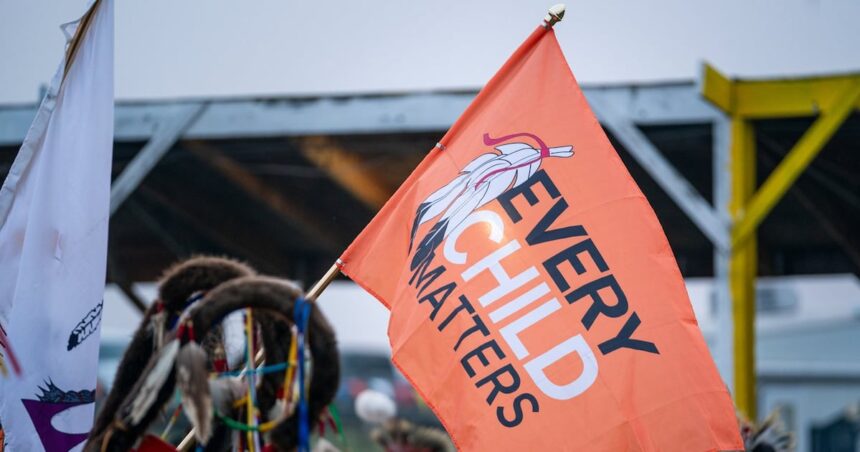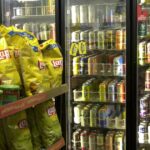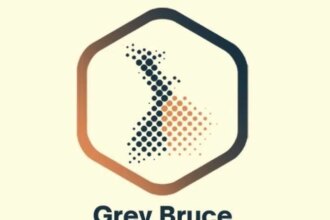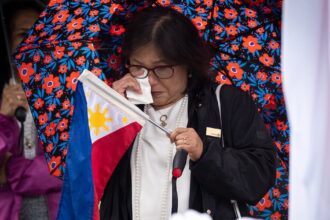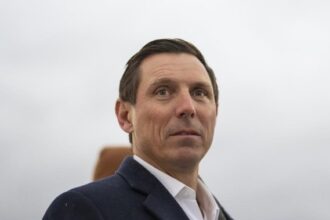In a watershed moment for Canada’s ongoing journey toward reconciliation, the National Centre for Truth and Reconciliation has announced plans to release the names of approximately 140 clergy members who worked in Canada’s notorious residential school system. This unprecedented disclosure, scheduled for later this year, marks a critical step in addressing the painful legacy that continues to impact Indigenous communities across the nation.
“This disclosure represents more than just a list of names—it’s about accountability and acknowledging the full truth of what happened in these institutions,” said Raymond Frogner, head of archives at the National Centre for Truth and Reconciliation, speaking from the organization’s headquarters in Winnipeg.
The forthcoming release follows years of careful documentation and verification efforts, examining records from both government and church archives. Many of these documents remained sealed or heavily redacted until recent years, with religious organizations historically resistant to full disclosure of personnel records related to the residential school system.
For survivors like Eleanor Sunchild, a 78-year-old former student who attended three different residential schools in Saskatchewan during the 1950s, the announcement brings mixed emotions.
“We’ve waited decades for this kind of transparency,” Sunchild told CO24 in a telephone interview. “Many of my classmates didn’t live to see this day. While this won’t erase what happened, it acknowledges that our stories matter and are finally being believed.”
The residential school system, which operated in Canada for more than a century until the last school closed in 1996, forcibly removed an estimated 150,000 Indigenous children from their families and communities. These institutions, funded by the federal government and operated primarily by Christian churches, were designed to assimilate Indigenous children by separating them from their languages, cultures, and traditions.
Reports from the Truth and Reconciliation Commission have documented widespread physical, psychological, and sexual abuse within these schools, alongside negligence that contributed to thousands of deaths from disease, malnutrition, and other preventable causes.
Murray Sinclair, former chair of the Truth and Reconciliation Commission, emphasized the significance of this disclosure in a written statement: “Naming is an essential part of truth-telling. Without identifying those responsible, we cannot fully understand or address the systemic nature of what occurred.”
The list includes clergy from various denominations who worked in residential schools between 1910 and 1973, according to archival officials. Each name has been verified through multiple sources, including school records, church documents, and survivor testimonies.
Religious institutions have shown varying degrees of cooperation with the process. While some denominations have voluntarily shared their archives, others required court orders or persistent pressure from survivor groups and political advocates.
“The Catholic Church in particular has been reluctant to provide unfettered access to personnel files,” noted Dr. Cynthia Wesley-Esquimaux, Chair of Truth and Reconciliation at Lakehead University. “This announcement represents a breakthrough in accountability that survivors have long demanded.”
The disclosure will include information about which schools each clergy member worked at, their roles, and the years they were present. However, centre officials emphasized that the release does not constitute accusations of wrongdoing against any specific individual.
Minister of Crown-Indigenous Relations Marc Miller described the forthcoming disclosure as “a necessary step in Canada’s commitment to truth and reconciliation,” while acknowledging that “much more work remains to be done.”
Indigenous leaders across Canada have welcomed the announcement, though many express frustration at how long the process has taken. National Chief of the Assembly of First Nations Cindy Woodhouse stated, “This information should have been made available decades ago. Every delay has compounded the pain for survivors and their families.”
The timing of the release carries particular significance as it coincides with the ten-year mark since the Truth and Reconciliation Commission issued its final report with 94 Calls to Action, many of which remain unimplemented.
The centre plans to coordinate support services for survivors and communities ahead of the disclosure, recognizing the potential for renewed trauma as these names become public. Mental health counselors specializing in intergenerational trauma will be available through partnerships with Indigenous healing organizations across the country.
As Canada continues to reckon with this dark chapter of its history, one question remains at the forefront: Will this long-awaited transparency lead to the deeper healing and reconciliation that Indigenous communities have sought, or will it simply become another painful reminder of promises unfulfilled?

